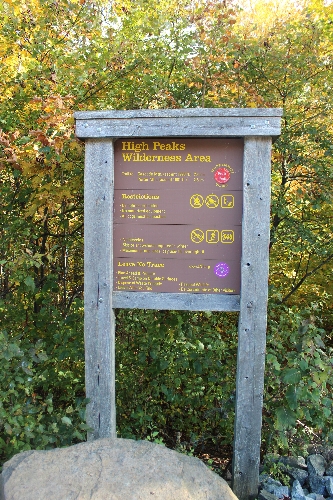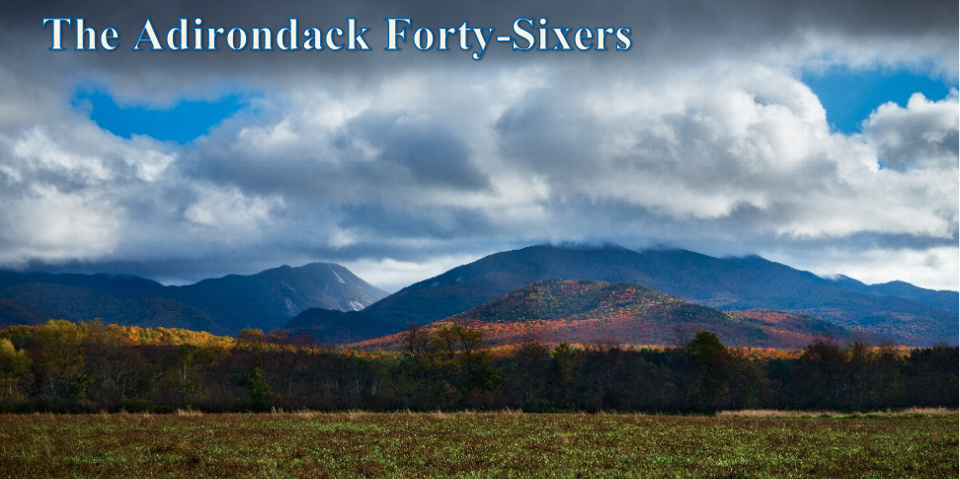Presence of Trail Damage and Congestion
The High Peaks provide some of New York’s greatest hikes, but this popularity can cause overcrowding and ecological damage to the area. During the summer, many of the high peaks attract a large number of hikers. Not only do the trails become congested, but the campsites surrounding the most popular peaks are full. This popularity can easily be seen atop Mount Marcy and in the surrounding areas like Marcy Dam (McMartin). Here it is difficult to find a tent location free of human distraction or to hike up to the peak without encountering other individuals. Not only does this hinder an individual’s aesthetic enjoyment of an area, but also can disturb the surrounding ecosystem. Some of the disturbances include trail damage as well as pollution and littering in the campsites. While trail degradation occurs all along the different trails, it is often heightened at the summits because of the fragile alpine ecosystem (McMartin). Trail damage can include erosion, vegetation destruction and soil compaction. Overcrowding is not an issue with the entire park, but mostly with the popularized high peaks. In other areas of the park, you can hike for many miles and never pass another person. This raises the question of whether hiking clubs should still encourage individuals to aim for the most popular peaks, or suggest that hikers explore the surrounding area like the lower 54. The Adirondack Forty-Sixers understand this dilemma and are concerned with the conservation of the park (ADK 46ers). Many members of the club educate others about the protection of the wilderness areas and volunteer with trail upkeep.
The High Peaks Summit Stewards are an important conservation program in the High Peaks region. These stewards focus on mountain education and conservation projects. The Summit Stewards is a partnership between the Adirondack Mountain Club, the Adirondack Nature Conservancy and the State Department of Environmental Conservation (Summit Stewards Program). These stewards spend their days atop the highest peaks in the Adirondacks, serving as an educational tool for hikers and outdoor enthusiasts (Lynch). It is programs like the Summit Stewards that work to prevent ecological damage to the surrounding area, especially the fragile landscape above tree line.
Another important contributor to the conservation of the park is the Adirondack 46R Conservation Trust, which provides funds for preservation, research and education. This Trust’s endowment has granted more than $290,000 to conservation nonprofits, agencies and educational programs (The Adirondack 46R Conservation Trust). Funds have been granted for multiple projects including resources for trail maintenance and distribution of educational literature like The Heaven Up-h’isted-ness written by the ADK 46ers (ADK 46ers). This grant also provides much of the funding for the Adirondack Summit Stewards. Thanks to the charitable endowment created by Grace Hudowalski and Stephanie D. Bugden, the Trust provides valuable resources to many of the conservation efforts that protect the Adirondacks (The Adirondack 46R Conservation Trust).
Work Cited
Lynch, Mike. "Summit Steward Program Extends Its Reach." Adirondack Guide. Adirondack Guide, n.d. Web. 23 Feb. 2015.
The Adirondack 46R Conservation Trust. "Home." The Adirondack 46R Conservation Trust. The Adirondack 46R Conservation Trust, n.d. Web. 22 Feb. 2015.
